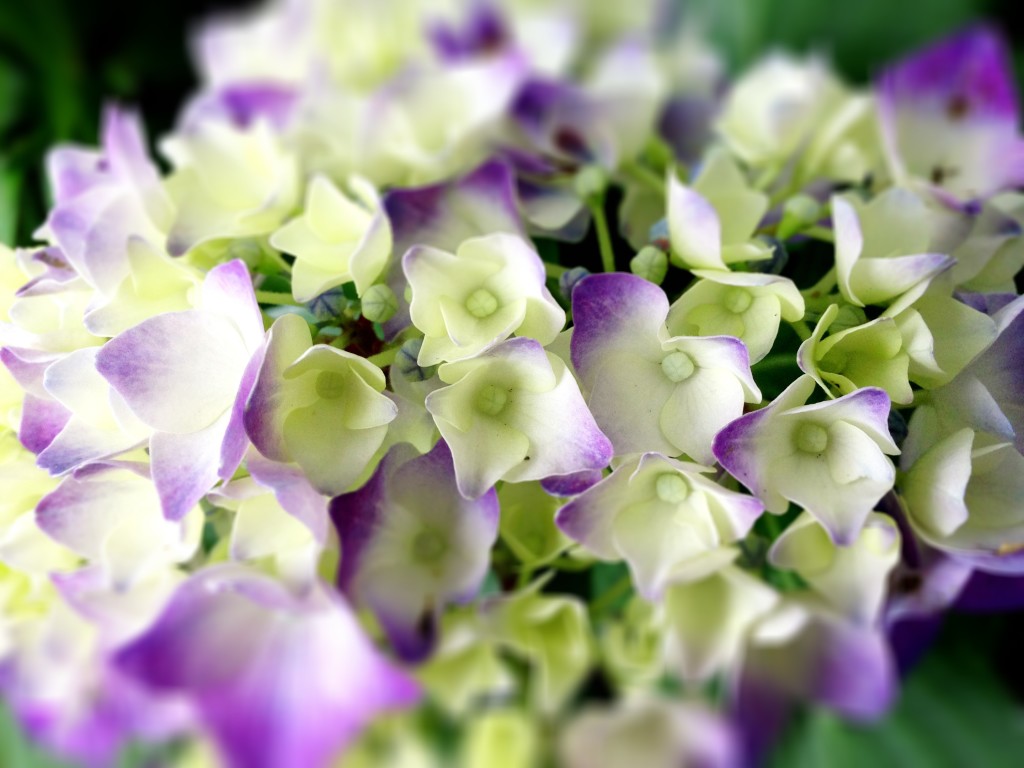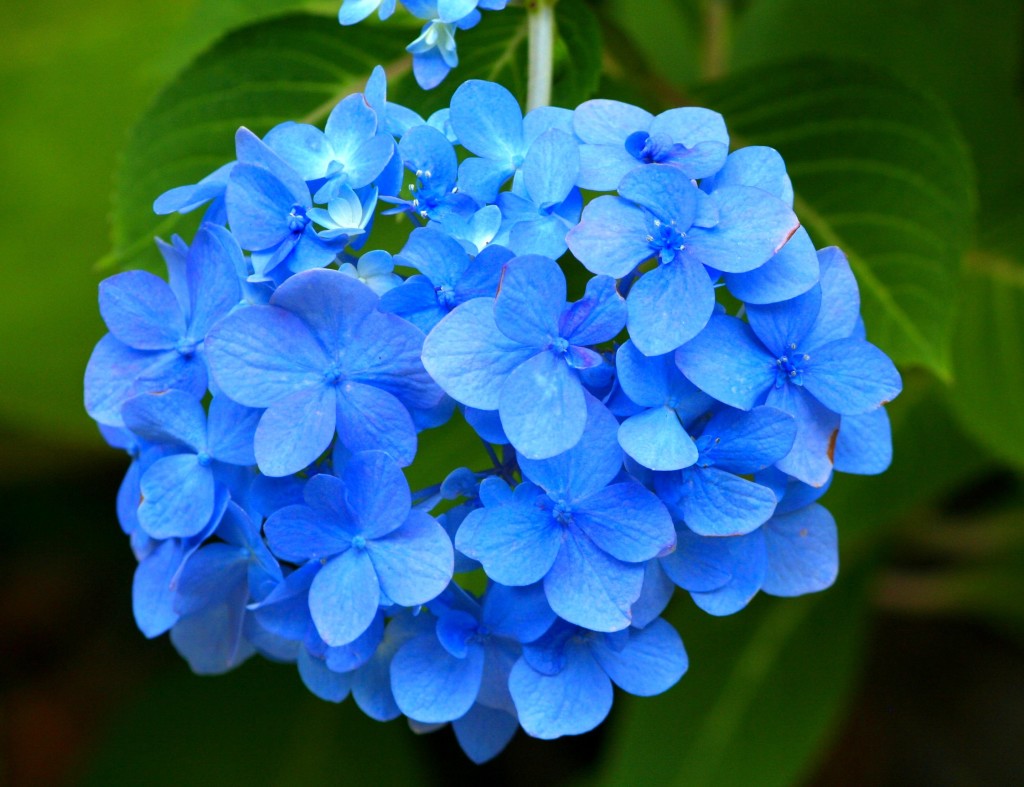This is one of the most common questions we receive from our customers, and we thought it may be helpful to do a blog post to help explain this perplexing question.
Hydrangeas are beautiful flowers, and we want to make sure yours are blooming to their full potential by offering some simple, but effective tips! There are three key factors in ensuring beautiful blooms: pruning, planting location, and weather.

1. Pruning
It’s important to prune your hydrangeas to ensure they grow, however, pruning at the wrong time could be a main reason why they are not blooming. Depending on the species of hydrangea you have, you will need to prune at different times.
For Bigleaf and Oakleaf hydrangea you should prune on the previous year’s growth. This means you should be pruning lightly after flowering is complete, and then remove any dead growth in the early spring.
For Panicle and Smooth hydrangea flowers, pruning should be done on the current year’s growth and can be pruned anytime from the late summer until early spring.
2. Planting Location
It’s not only important to know the species of hydrangea you have for pruning, but also for planting purposes. Certain species benefit from being in the shade, but if the plant receives too much shade or too much sun it could effect its ability to produce blooms. Most hydrangeas find they like morning sun and afternoon shade, but it does vary based on the type of plant. So if you’re finding your plant isn’t blooming, it could be beneficial to move it to a location that receives different sun or shade amounts than it currently is receiving.
3. Weather
Weather is always a big variable for most types of plants, and it’s no different with hydrangeas. Depending on where the plant is located it may be necessary to provide winter protection, however the time when protection is needed the most is when they encounter a late frost. By this point the new buds have already begun to emerge, but a late frost could cause damage to the new buds and leave you waiting until the following year for your blooms depending on the species. Therefore, be sure to keep an eye on the weather and provide protection to your plants during those late frosts to ensure you can enjoy your beautiful plants.
Did You Know??
Did you know you can actually have control over changing the colors of your hydrangeas. Changing colors of the hydrangea macrophylla (Bigleaf, Mophead, or Lacecap Hydranges) is typically done by altering the soil’s pH levels.
The pH level in soil is measured on a scale of 0 – 14, with 7 being neutral. By altering that pH level we can change the color of the flower to either blue or pink.
How Do I Get Blue Flowers?
To get your flowers to be blue you’ll need to adjust the pH level of the soil to be between 5.0 and 5.5, which can be done by adding aluminum sulfate to make the soil more acidic.
How Do I Get Pink Flowers?
To get the flowers to be pink you’ll need to make the pH level of the soil around 6.0. In order to make the soil more alkaline you can use limestone.
Helpful Tips
– If you plant flowers near concrete structures (walkways, walls, porches, etc.) they will most likely turn pink, because concrete leaches lime and the lime will make the soil more alkaline.
– It is easier to change flowers from pink to blue, typically because you add aluminum to get blue flowers, but need to subtract the aluminum to get pink flowers.
– When adjusting soil pH make sure to read all directions and use appropriate dilution ratios.
———————————————————————————————————————————–





I have been examinating out a few of your posts and i can state pretty good stuff. I will definitely bookmark your blog.